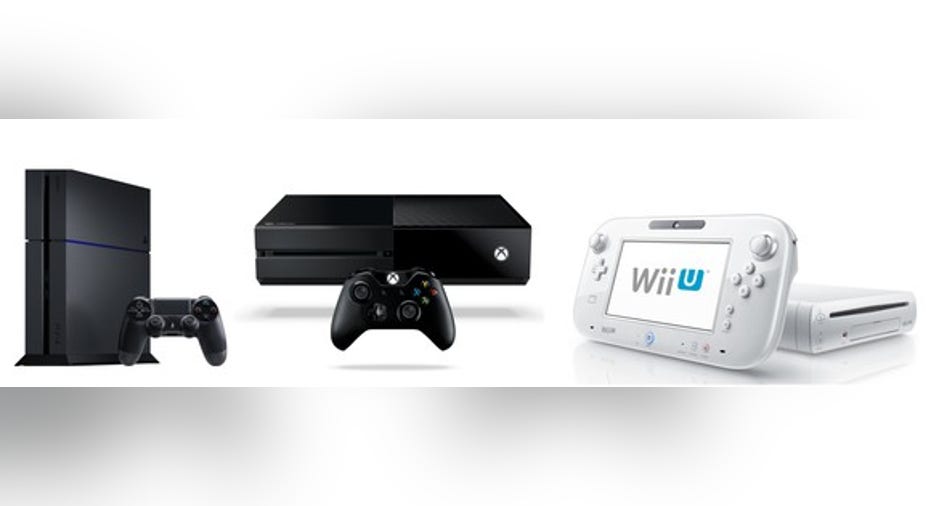Better Buy: Advanced Micro Devices, Inc. or Intel Corporation?

AMD (NASDAQ: AMD) and Intel (NASDAQ: INTC) have been fierce rivals in the CPU market over the past few decades. Back in 2006, AMD conquered nearly half the PC market with its low-cost chips, according toPassMark Software. But over the past decade, AMD's chips fell far behind Intel's in terms of performance and power efficiency. Last quarter, AMD controlled just 18% of the market while Intel controlled 82%.
Image source: Pixabay.
AMD's big mistake was waging two separate wars -- one in CPUs against Intel, and another in GPUs against Nvidia (NASDAQ: NVDA). Both rivals had deeper pockets, enabling them to launch CPUs and GPUs which eventually outperformed AMD's. AMD stuck to the low-end CPU and GPU markets, merged CPUs and GPUs together in its APU chipsets, and diversified into embedded chips for gaming consoles, ARM-based processors for data centers, and other markets.
Intel dominated the PC and data center markets, but it gradually ran out of room to grow. Global demand for PCs started falling, due to longer upgrade cycles and the rise of smartphones and tablets. Intel paid billions in subsidies to convince smartphone makers to use its Atom chips, yet it didn't gain any ground against ARM-based leader Qualcomm (NASDAQ: QCOM). Demand for Intel's data center chips also sputtered due to weaker enterprise spending and aggressive competition from rivals like IBM. Intel has diversified into new markets like the Internet of Things (IoT) and non-volatile memory, but these businesses remain small and competition remains fierce.
How fast are AMD and Intel growing?
The past decade was disastrous for AMD, with its annual revenues dropping from $5.85 billion in 2005 to $3.99 billion in2015. During that same period, Intel's annual revenue surged 43%. As a result, AMD stock tumbled nearly 70% over the past decade, while Intel stock has more than doubled.
However, past performance doesn't guarantee future returns. Last quarter, AMD's revenue rose 9% annually to $1.03 billion, beating estimates byabout $75 million and representing its first quarter of year-over-year growth in two full years. AMD expects revenue for the current quarter to rise 18% annually, and analysts believe that it can post 3% salesgrowth this year and 6% sales growth next year.
Most of that growth will be driven by its EESC (Enterprise, Embedded, Semi-Custom) business, which supplies APUs for the PS4 and Xbox One, as well as the GPU for the Wii U. Sony and Microsoft's PS4 Neo, Xbox One S, and Xbox Scorpio hardware upgrades should continue supporting the unit's growth.
Image source: Company websites.
Intel's revenue rose just 2% annually to $13.5 billion last quarter, missing estimates by $40 million. Weak PC sales caused its Client Computing revenue to fall 3%, and data center revenue rose just 5% -- much lower than the 15% annual growth rate Intel previously targeted. Intel expects sales for the current quarter to rise another 3%, while analysts see its full-year revenue improving 4% for both fiscal 2016 and 2017.
How profitable are Intel and AMD?
AMD posted a GAAP net profit of $69 million last quarter, which was a massive improvement from its loss of $181 million in the prior year quarter. On a non-GAAP basis, which excludes gains from a Chinese joint venture, its net loss narrowed from $131 million to $40 million, or $0.05 per share -- exceeding expectations by three cents. Analysts expect AMD's non-GAAP earnings to rise 61% this year and grow at an average annual rate of 49% over the next five years.
Intel's GAAP net income fell 51% to $1.3 billion last quarter due to some big acquisition-related charges. On a non-GAAP basis, net income slipped 6% to $2.9 billion, or $0.59 per share, but still beat estimates by six cents. However, much of that beat can be attributed to the $804 million Intel spent on stock buybacks during the quarter and thousands of job cuts. Analysts expect Intel's non-GAAP earnings to improve 7% this year and rise at an average rate of 5% over the next five years.
What do the valuations tell us?
It's tough to do an "apples-to-apples" comparison between Intel and AMD's valuations, since the former has been consistently profitable while the latter has a negative P/E due to quarters of losses. However, AMD now trades at just 1.6 times sales, which is much lower than Intel's P/S ratio of 2.9 and the semiconductor industry average of 2.9.
AMD's better growth numbers and its lower P/S ratio indicate that it's a better buy than Intel at current prices. However, AMD can only keep growing if console sales keep rising, its GPUs can counter Nvidia's aggressively priced Pascal lineup, and the Zen CPUs dent Intel's PC market. If AMD misses those targets, it could quickly give up its gains, so it's still a much more speculative play than Intel -- which remains a decent income-generating stalwart for conservative investors.
A secret billion-dollar stock opportunity The world's biggest tech company forgot to show you something, but a few Wall Street analysts and the Fool didn't miss a beat: There's a small company that's powering their brand-new gadgets and the coming revolution in technology. And we think its stock price has nearly unlimited room to run for early in-the-know investors! To be one of them, just click here.
Leo Sun owns shares of Qualcomm. The Motley Fool owns shares of and recommends Nvidia and Qualcomm. The Motley Fool owns shares of Microsoft. The Motley Fool recommends Intel. Try any of our Foolish newsletter services free for 30 days. We Fools may not all hold the same opinions, but we all believe that considering a diverse range of insights makes us better investors. The Motley Fool has a disclosure policy.